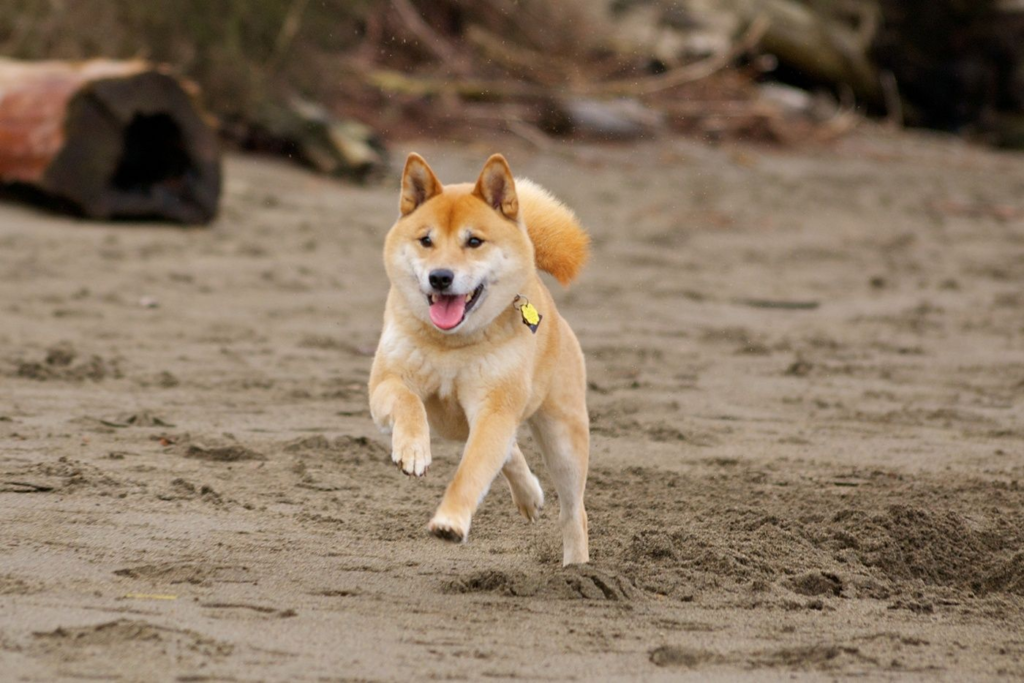
A dog run provides a safe and designated space for your furry friend to exercise, play, and enjoy some outdoor time. When setting up a dog run, one of the crucial considerations is choosing the right fence. A sturdy and secure dog run fence ensures the safety of your dog while giving you peace of mind. In this article, we will explore different types of dog run fences and provide essential tips to help you create an ideal enclosure for your canine companion.
- Chain Link Fences:
Chain link fences are a popular choice for dog runs due to their durability and affordability. These fences are constructed with interlocking metal links, providing a sturdy barrier that keeps your dog safely contained. Opt for a galvanized or vinyl-coated chain link fence to enhance longevity and resistance to rust and corrosion. Ensure that the fence is tall enough to prevent your dog from jumping over and that the gaps between the links are small enough to prevent escape. - Wood Panel Fences:
Wood panel fences offer privacy and aesthetic appeal to your dog run while providing a solid barrier. Choose high-quality, pressure-treated wood that can withstand outdoor elements. Opt for panels with minimal gaps between them to prevent your dog from sticking their head through or getting stuck. Regularly inspect the fence for any signs of damage, such as rot or loose panels, and promptly address them to maintain the fence’s integrity. - Welded Wire Fences:
Welded wire fences consist of steel wires that are welded together to create a strong and durable mesh. These fences provide excellent visibility and airflow while keeping your dog securely contained. Choose a heavy-gauge wire with small mesh openings to prevent your dog from squeezing through or getting their paws caught. Consider reinforcing the bottom of the fence with additional wire or an apron to prevent digging. - Vinyl Fences:
Vinyl fences offer an attractive and low-maintenance option for dog runs. They are resistant to moisture, UV rays, and pests, making them highly durable. Vinyl fences are available in various styles, including picket, privacy, and ranch rail, allowing you to choose a design that suits your preferences. Ensure that the fence is securely installed, and check for any loose or damaged sections periodically. - Electric Fences:
Electric fences, also known as invisible fences, use underground wires or wireless systems to create a boundary for your dog. These fences work by delivering a mild static correction through a specialized collar worn by your dog when they approach the designated boundary. Electric fences can be an effective option for dog runs, but they require proper training and supervision to ensure your dog understands the boundaries and stays within them. - Considerations for Dog Run Fences:
- Height: Choose a fence height that suits your dog’s size and jumping ability. The fence should be tall enough to prevent your dog from escaping.
- Gates: Install a secure gate that allows easy access to the dog run while ensuring it remains closed and latched at all times.
- Digging Prevention: Consider burying the bottom of the fence or attaching an apron of wire mesh to prevent your dog from digging under the fence.
- Maintenance: Regularly inspect the fence for any damage, loose components, or potential escape points. Repair or replace any damaged sections promptly.
A well-designed dog run fence is essential to create a secure and spacious outdoor space for your dog to enjoy. Whether you opt for a chain link, wood panel, welded wire, vinyl, or electric fence, ensure it meets your dog’s needs and provides a safe environment. Remember to consider factors such as height, gate security, digging prevention, and regular maintenance to keep the dog run fence in optimal condition. By investing in a reliable and appropriate fence, you can provide your dog with a dedicated area to exercise and play, ensuring their safety and well-being.